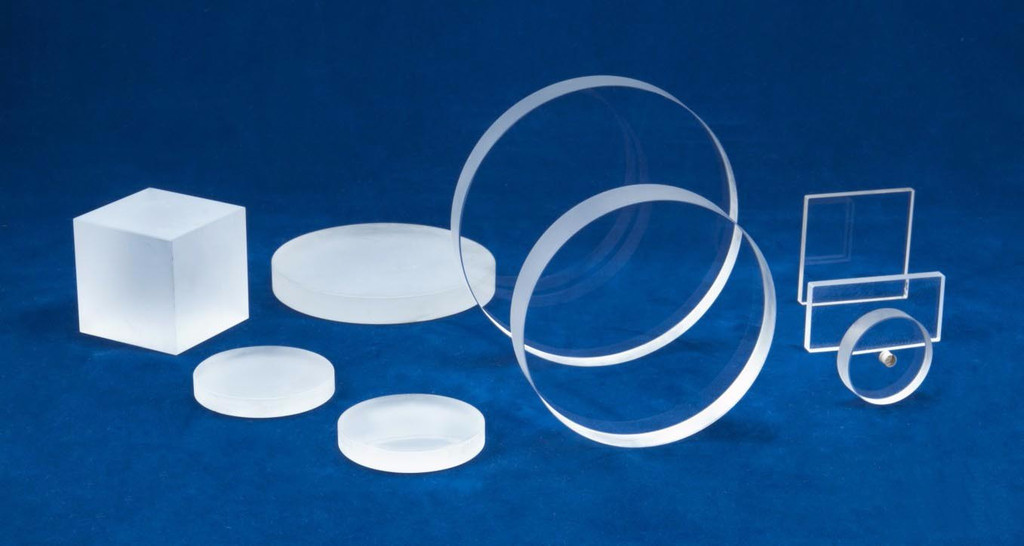Introduction to Quartz Glass
Published time:
2021-09-22
Fused quartz is a glassy material composed of a single component, SiO2, containing trace amounts of metallic impurities and more or less hydroxyl groups (OH). It is a special type of glass. It is usually called quartz or fused silica abroad. According to the building materials industry standard (JC/T 185-2013), it is divided into three categories according to its transmission characteristics: ultraviolet quartz glass (ZS), visible quartz glass (KS), and infrared quartz glass (HS).
Because fused quartz has a microscopic structure of silicon-oxygen tetrahedra "SiO4", it possesses unique physicochemical properties unmatched by other glasses, and is known as the "King of Glass." Therefore, it is widely used in nuclear technology, aerospace, precision optics, and the semiconductor industry.
The special structure and manufacturing method of fused quartz result in excellent performance in terms of purity, coefficient of expansion, chemical and physical properties, and optics.
1. Purity
Purity is an important indicator of fused quartz, greatly affecting its physicochemical properties and application range, such as translucency, high-temperature strength, softening point, light transmission, thermal stability, chemical stability, radiation resistance, and fluorescence characteristics. Fused quartz used in the semiconductor industry has stringent purity requirements; trace impurities will severely affect the electrical performance, lifespan, and integration level of semiconductor materials. The purity of ultraviolet synthetic quartz can reach more than 99.9999% (total metal impurity content less than 1 ppm).
2. Chemical Stability
Fused quartz is an acidic material. Except for hydrofluoric acid and hot phosphoric acid, it is inert to all other acids and is an excellent acid-resistant material. At room temperature, the corrosion of fused quartz by alkalis and salts is also slight, so fused quartz can also be used when in contact with these reagents.
3. Thermal Stability
Fused quartz has an extremely low coefficient of thermal expansion, approximately 5.5 × 10-7/℃, which is one-twentieth that of ordinary glass. It also has good resistance to thermal shock and high temperature resistance, allowing for long-term use at 1200℃. Ultra-low expansion or even zero-expansion fused quartz has become a current research hotspot.
4. Optical Properties
Fused quartz has unique optical properties, exhibiting high transmittance from the deep ultraviolet to the near-infrared spectrum (185-3500 nm).
In summary, fused quartz has excellent properties such as high temperature resistance, a low coefficient of thermal expansion, good chemical stability, excellent electrical insulation, low and stable ultrasonic delay performance, and full-spectrum transmission. The product's bubbles, streaks, uniformity, stress birefringence, and mechanical properties are irreplaceable by other optical glasses. Fused quartz is an indispensable new material in cutting-edge technologies (space technology, nuclear technology, national defense equipment) and industries such as semiconductors, optical communication, and electro-optic sources.

Previous page
Next page
Previous page
Next page
More News
Providing solutions for your industry
If you are interested in our products, please leave your email.
Contact Us
Address: No. 6-7, Section 2, Heilongjiang Street, Binhai New Area, Jinzhou City, Liaoning Province
Telephone: +86 416-7908039
Website: www.jzhpquartz.cn


 2022-01-24
2022-01-24


